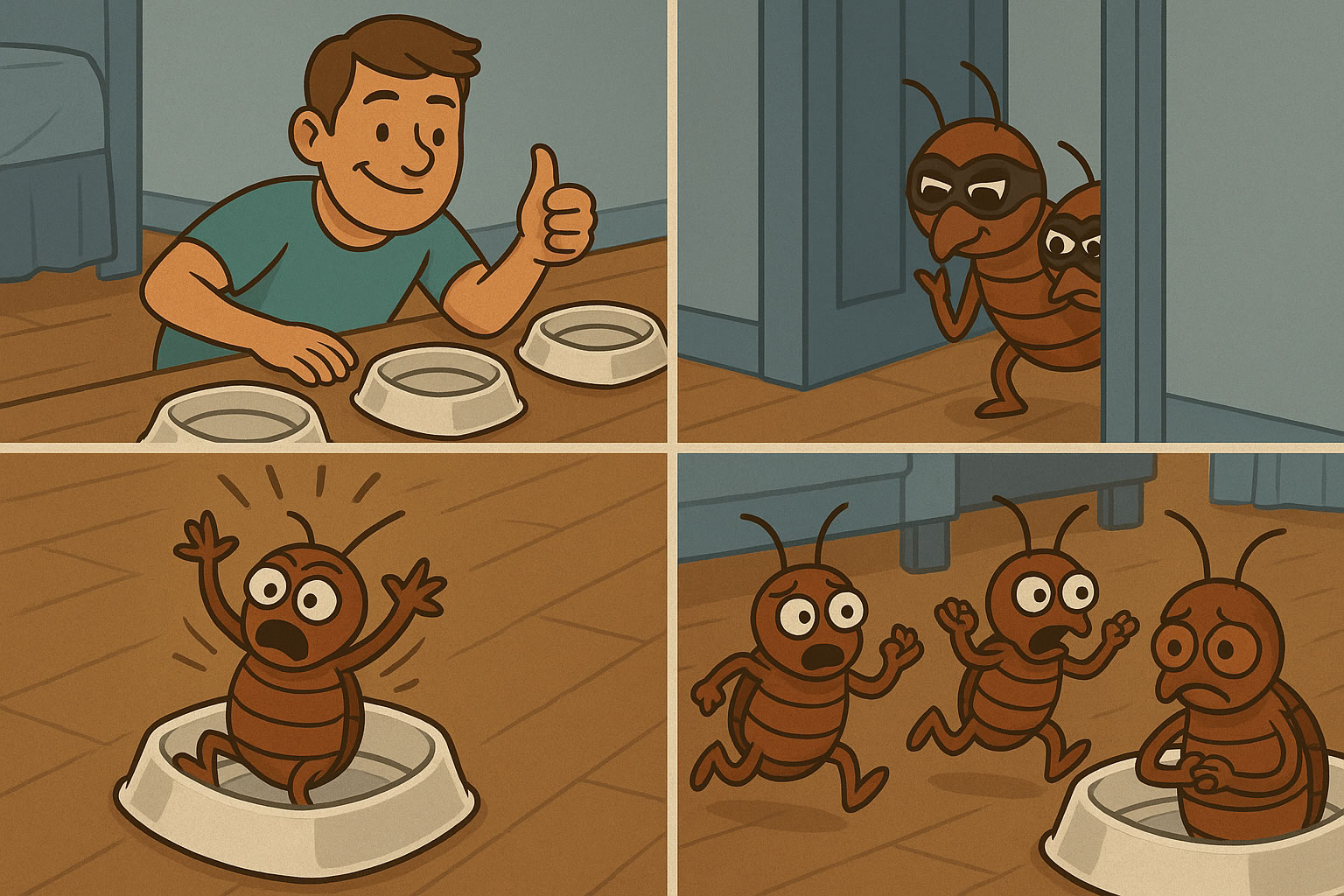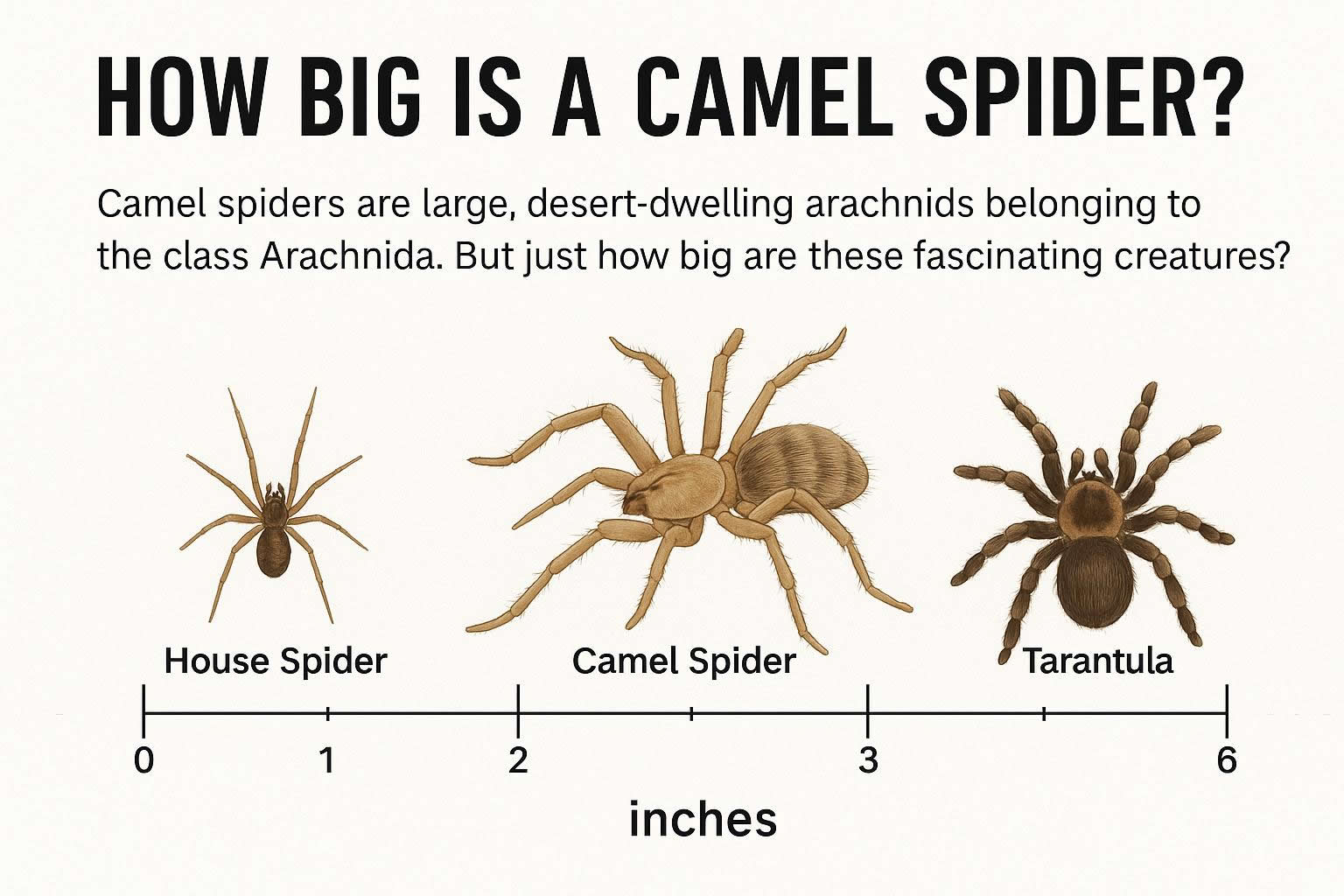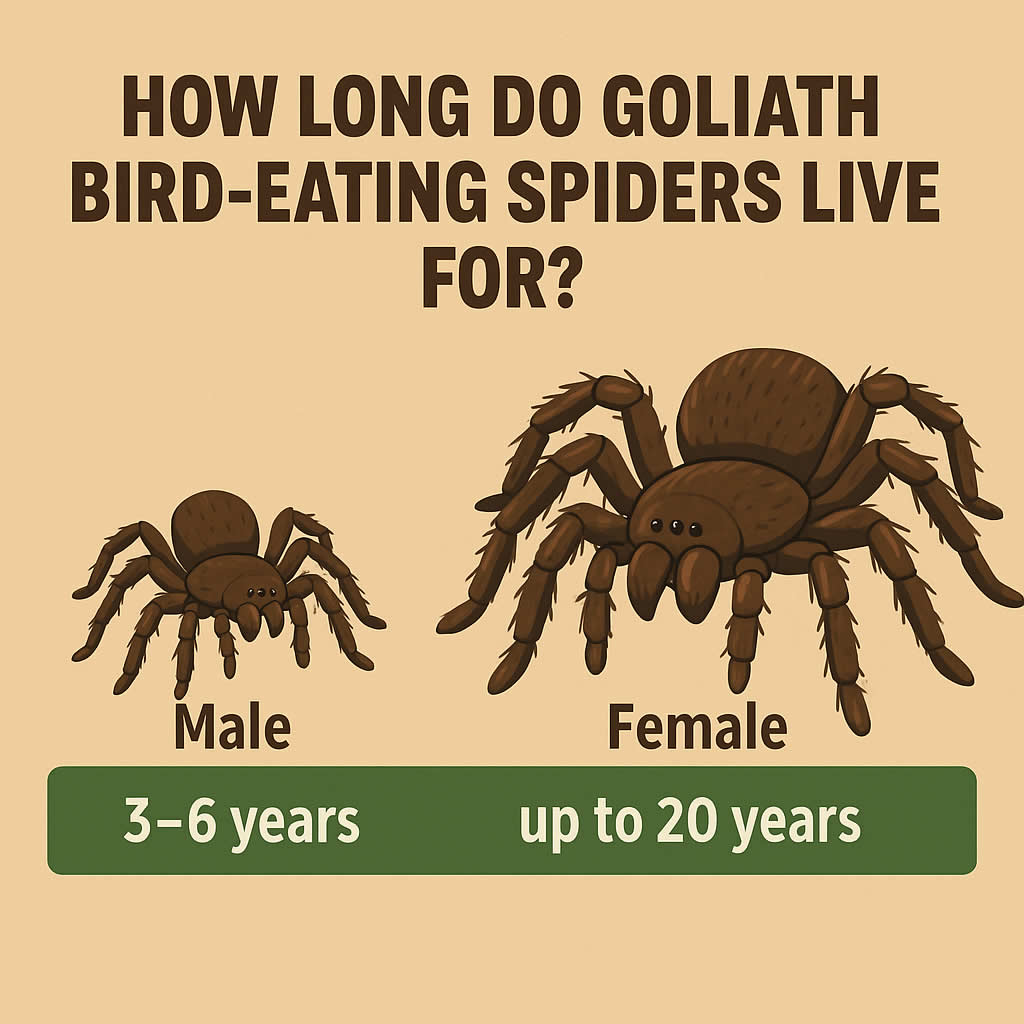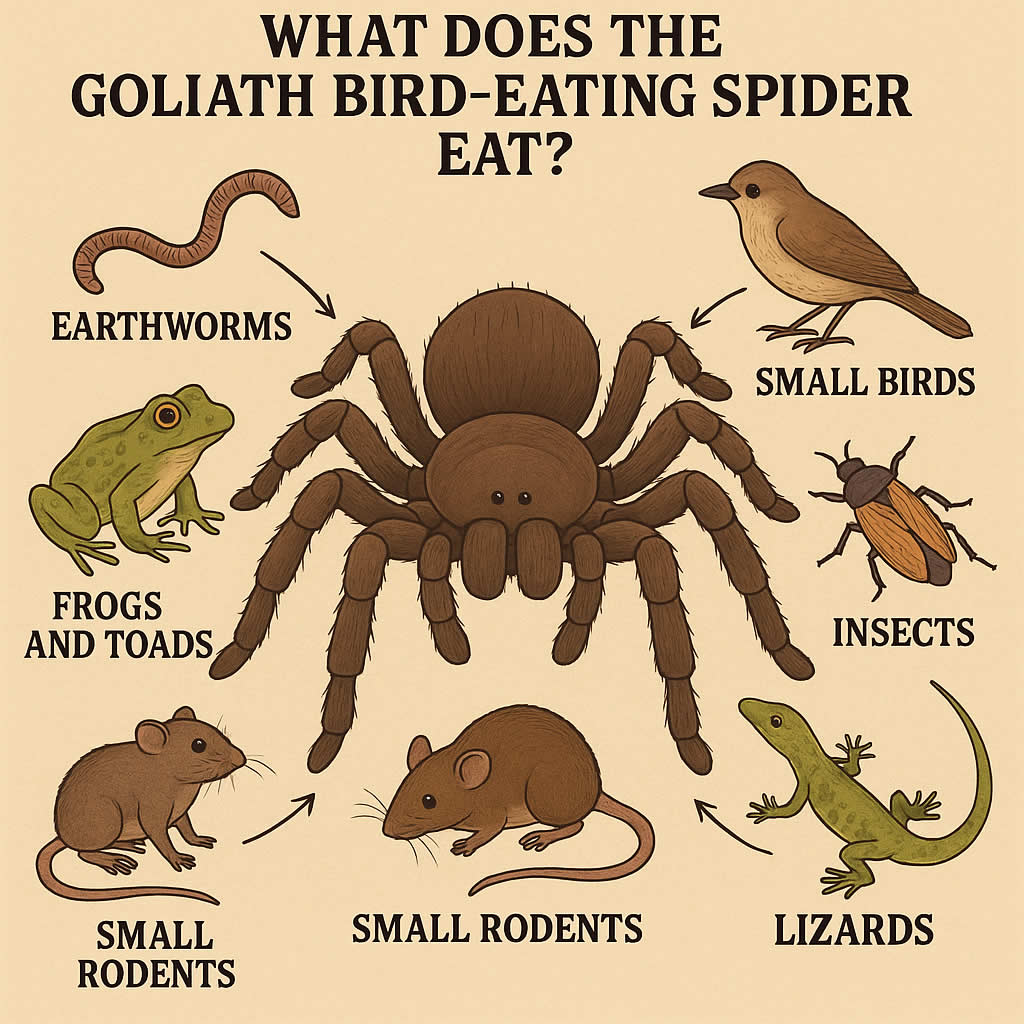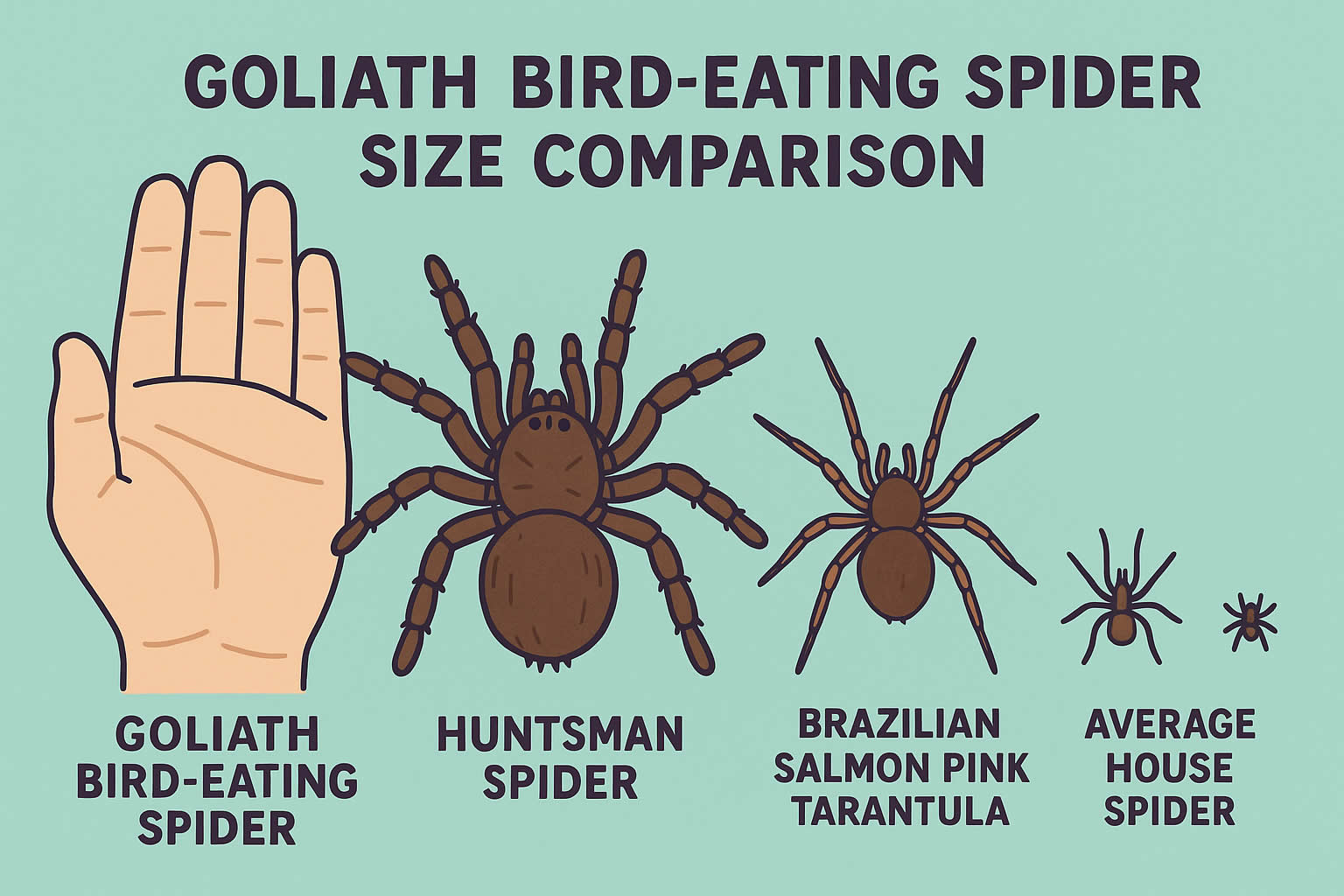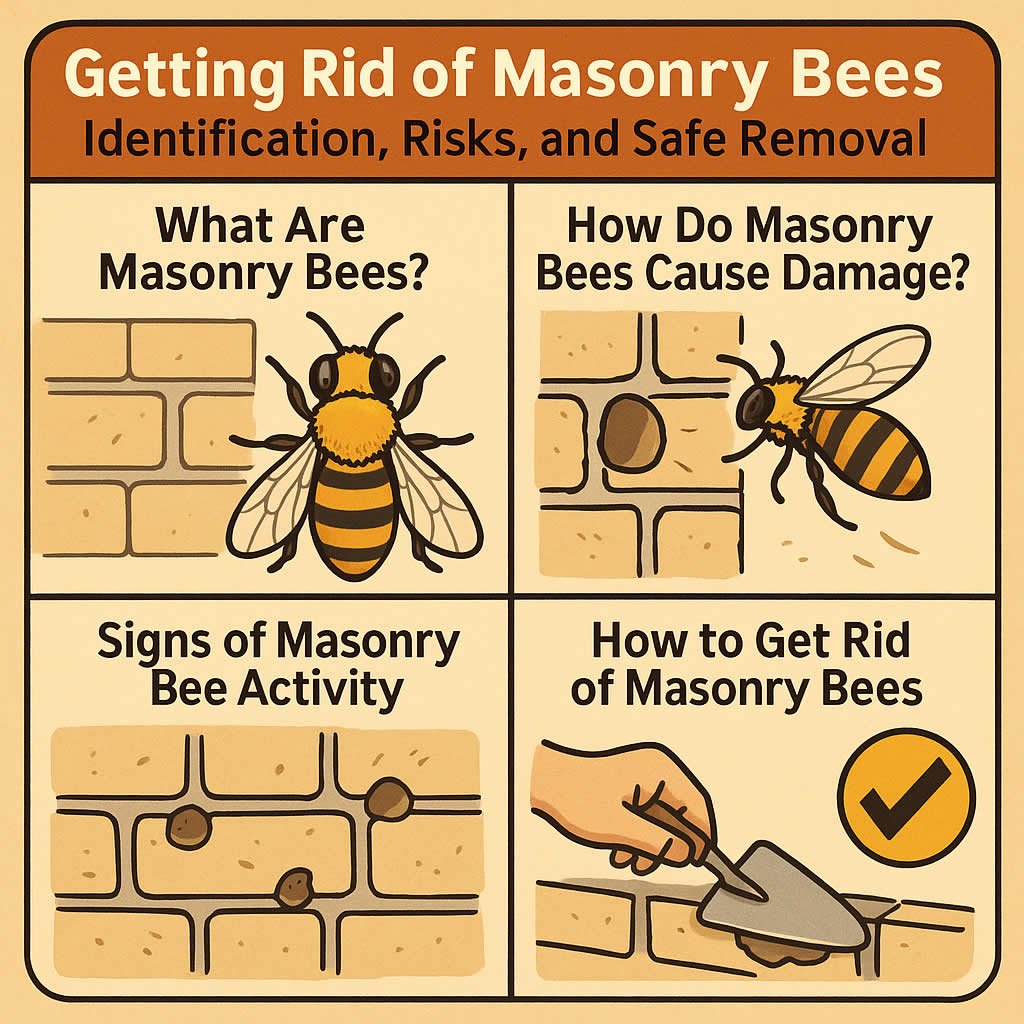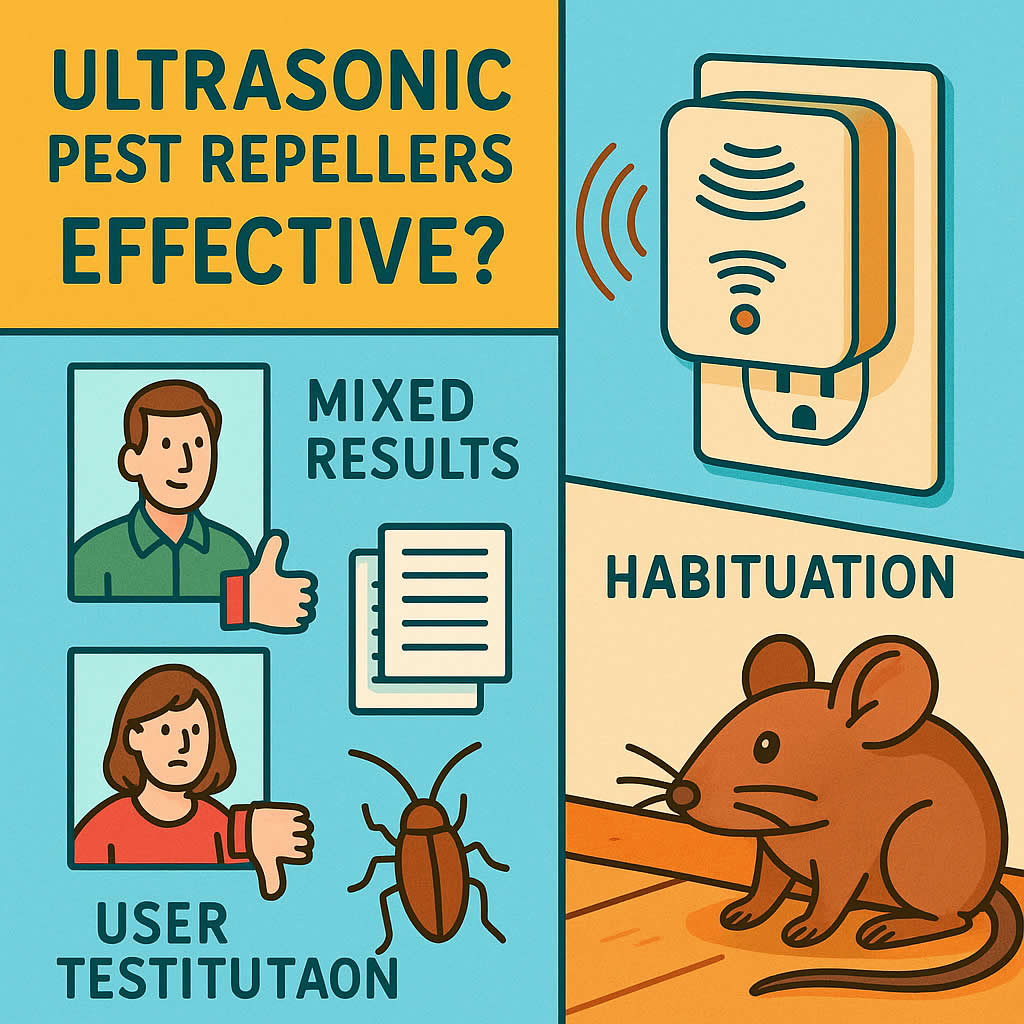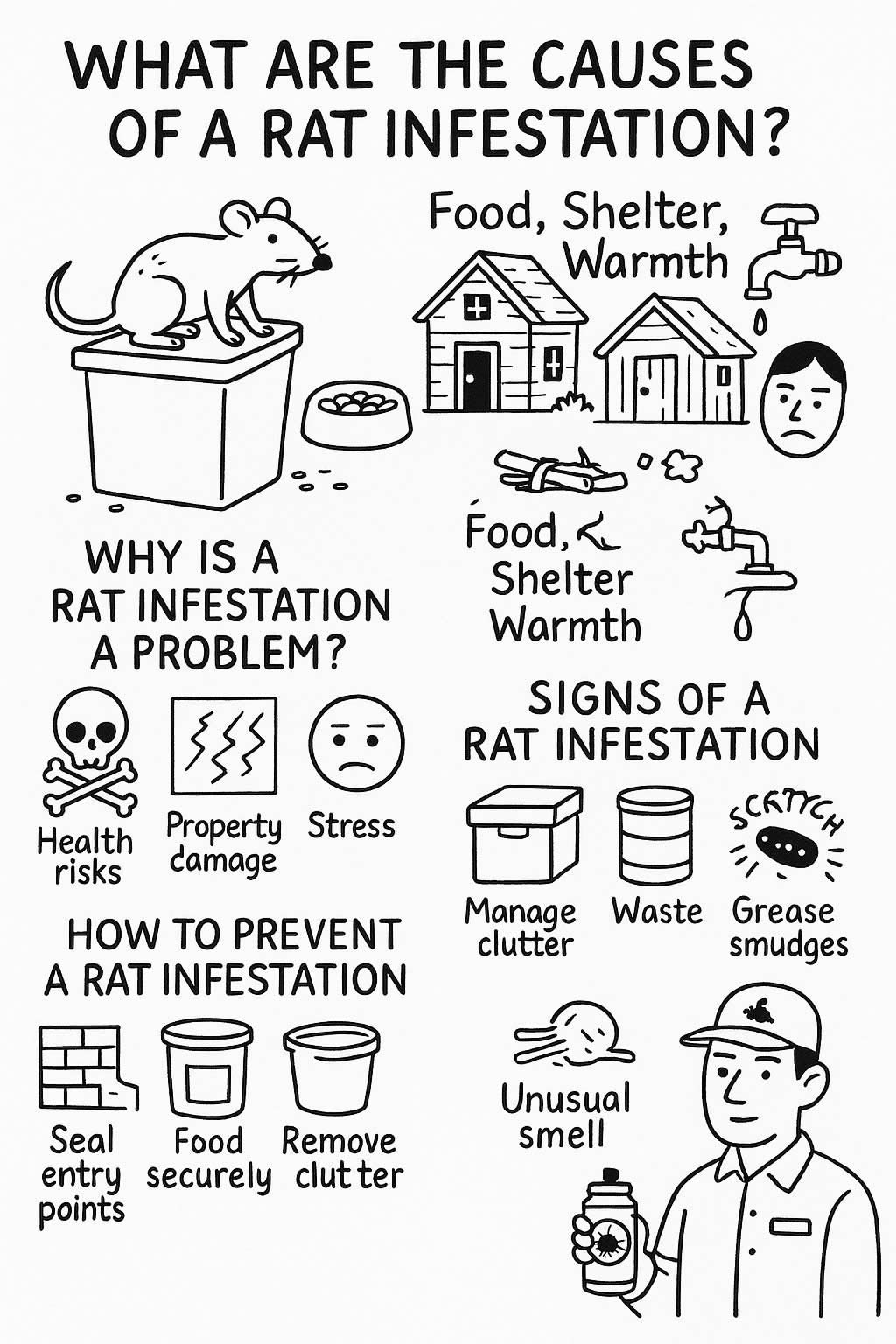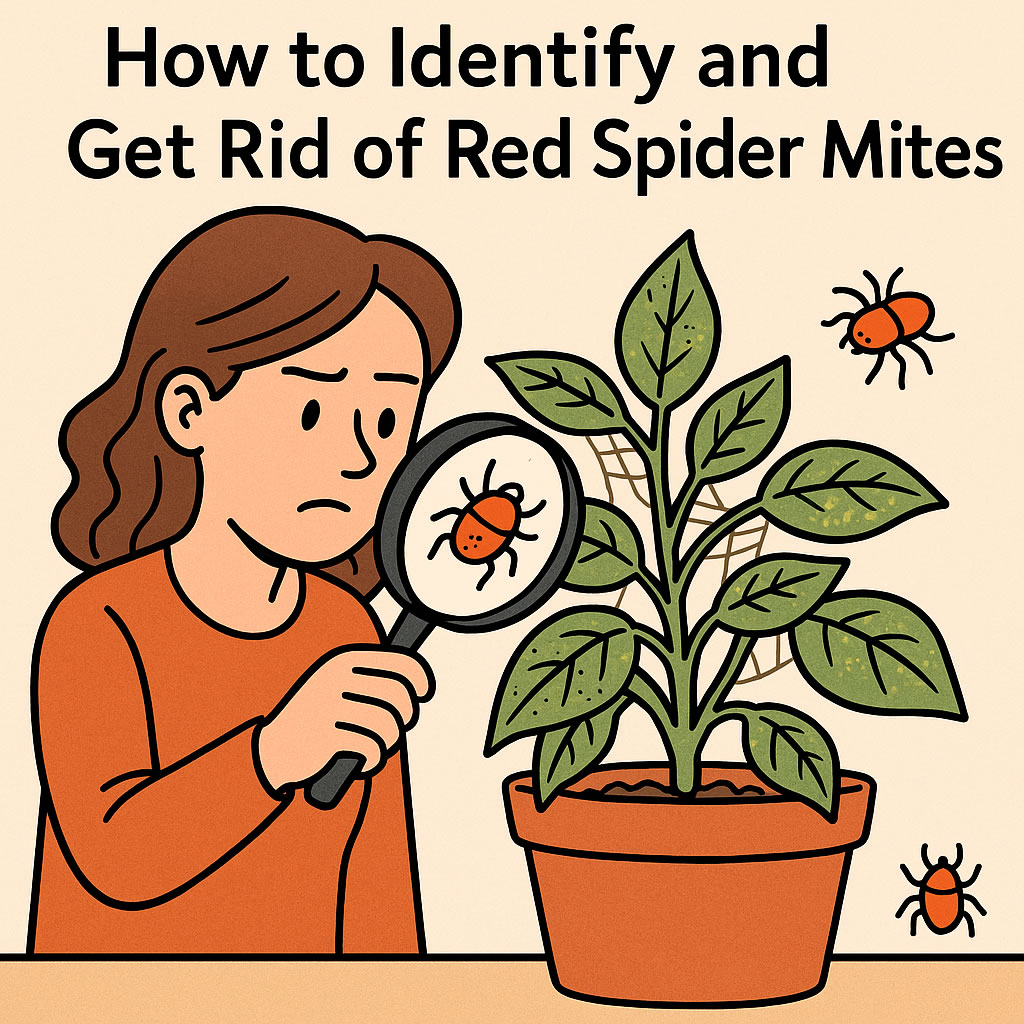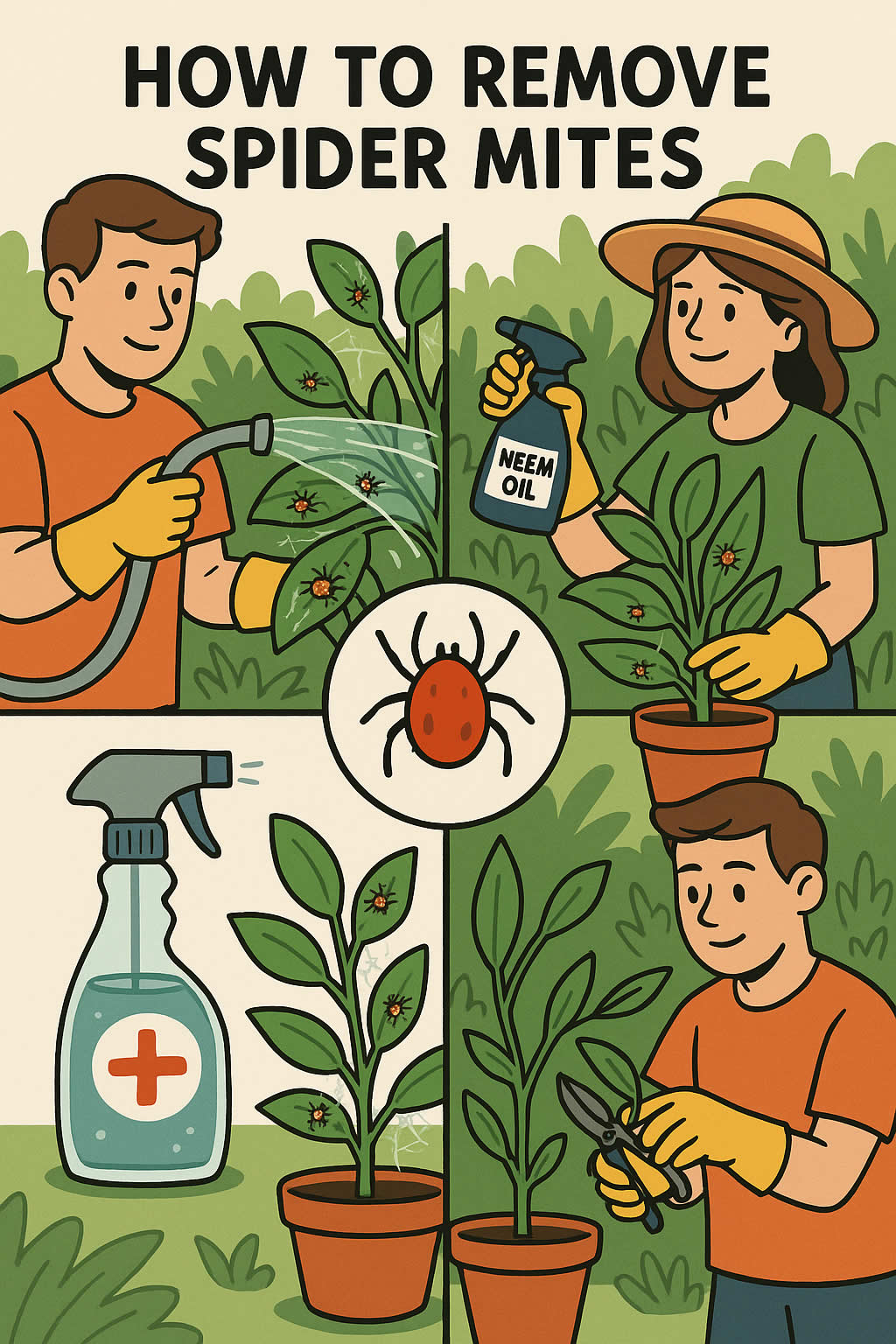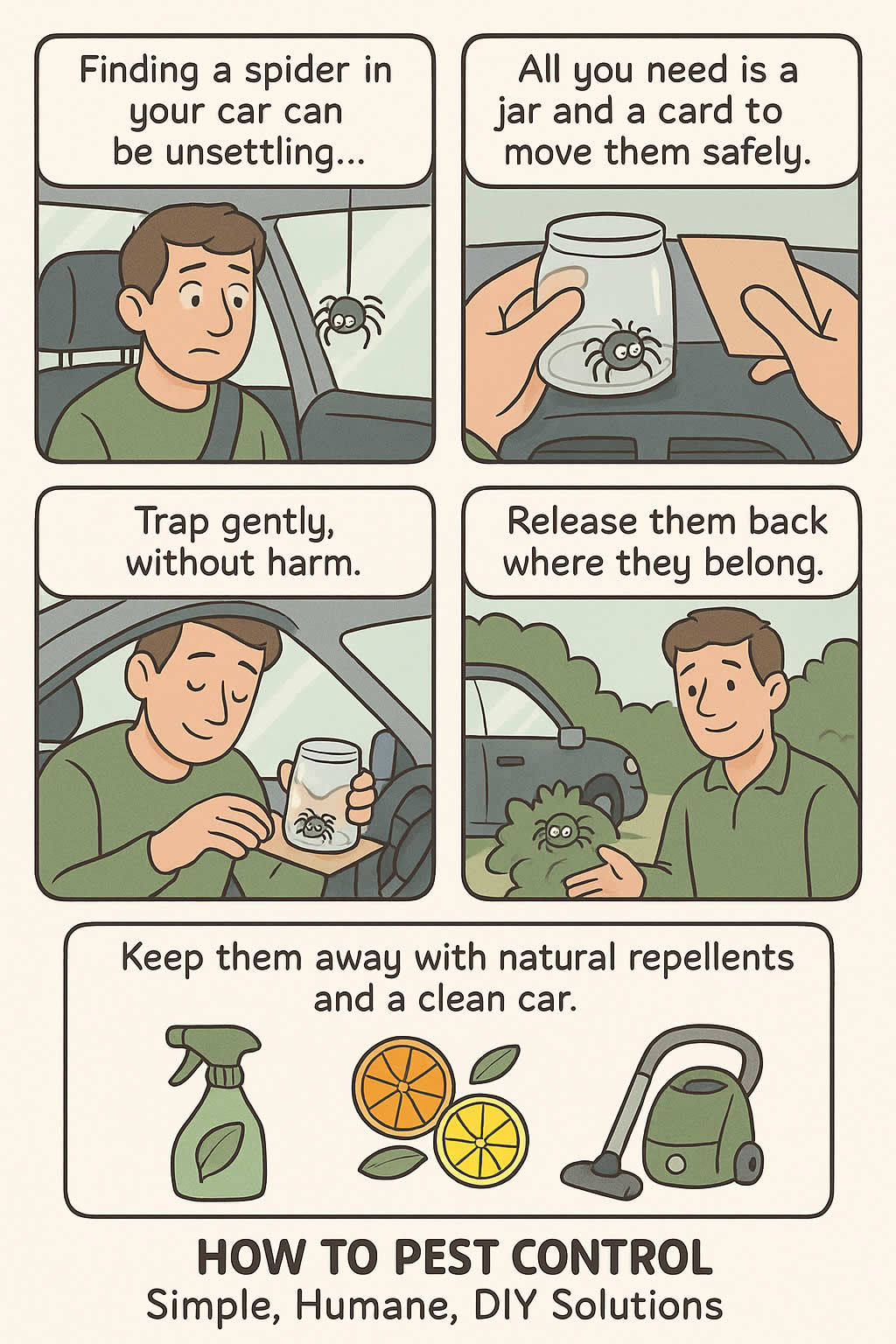Related Queries
ToggleWhen you’re dealing with bed bugs, you’ll try just about anything to get them out of your home. You might’ve seen bed bug traps advertised online or in shops, claiming to catch or kill them. But do they actually work? Or are they just another gimmick that leaves you with more bites and less hope?
In this post, I’ll walk you through how bed bug traps work, when they’re useful, where they fall short, and whether they’re enough to solve the problem on their own. If you’re tired of itching and want some real answers, you’re in the right place.
What are bed bug traps?
Bed bug traps are small devices designed to catch or monitor bed bugs. Some are passive, while others use active methods to lure and contain them. The idea is simple: intercept the bugs before they get to you.
There are a few common types:
- Interceptor traps, which sit under furniture legs and catch bugs trying to climb up
- Glue traps, which rely on sticky surfaces to hold the bugs in place
- Lure-based traps , which use heat, CO₂, or pheromones to attract bed bugs into a container
Each works in a slightly different way, and each has its own set of pros and cons. But they all have the same goal — to reduce bites and give you a clearer idea of what you’re dealing with.
Do traps actually get rid of bed bugs?
This is the part most people get wrong. Bed bug traps can catch some of the bugs — yes. But they won’t solve a full-blown infestation on their own.
Here’s why:
Bed bugs are expert hiders. They live deep inside mattresses, behind skirting boards, inside cracks, and even behind wallpaper. They only come out when it’s quiet and dark, usually for a short feed, then go straight back to hiding.
A trap might catch a few explorers, but it won’t reach the hundreds (or even thousands) that may be nesting elsewhere in your home.
So, do they work? Yes — but only in the right context.
When are bed bug traps useful?
They’re most effective in a few specific situations:
- Early detection
If you suspect you have bed bugs but aren’t sure, traps can help confirm it. Interceptors or glue traps placed near beds or sofas can catch them on the move. One or two trapped bugs are enough to tell you there’s a problem. - Monitoring after treatment
Once you’ve treated your home, traps help check whether the bugs are gone. If they stay empty for a few weeks, you’ve probably cleared them out. If bugs keep showing up, there’s still something hidden. - Slowing the spread
If you’re waiting for professional treatment or want a bit of relief, traps can catch bugs on their way to bite you. Interceptor traps under the legs of your bed can stop them climbing up — but only if your bed isn’t touching the wall and sheets aren’t dragging on the floor.
What are the most common types of bed bug traps?
Let’s look a bit deeper into how each one works.
Interceptor Traps
These are simple plastic cups that go under bed or furniture legs. They have an inner and outer wall, and bed bugs get stuck trying to climb in or out.
They don’t use chemicals. They don’t kill the bugs. But they’re cheap, effective for monitoring, and can reduce bites if used properly.
They work best if:
- Your bed is pulled slightly away from the wall
- Sheets don’t touch the floor
- You regularly check and clean the traps
If your bed’s still in contact with other furniture or the bugs can crawl onto the wall and across, interceptors won’t help much.
Glue Traps
These are flat, sticky pads you place near likely pathways — like beside skirting boards, behind the headboard, or around the base of the bed.
They catch bugs crawling across, and they give you a visual clue that bed bugs are present.
The downside? They only trap bugs that happen to walk across them. And once they’re full or dusty, they stop working. Also, bed bugs can sometimes walk around them entirely.
CO₂ and Heat Lure Traps
Some traps try to mimic the conditions bed bugs are drawn to — your body heat, your breath, and even your scent.
CO₂ traps use dry ice or gas cartridges to create carbon dioxide, drawing bed bugs toward the source. Heat traps use warming pads to simulate body warmth.
These can catch more bugs than passive traps, especially overnight. But they’re still limited to the area they cover, and won’t eliminate an infestation. You’ll also need to be cautious with DIY setups involving dry ice, which can be dangerous without proper handling.
Do homemade bed bug traps work?
You’ll find loads of DIY trap ideas online — from sugar and yeast CO₂ setups in bottles to double-sided tape around the bed legs.
Some of these do work to a degree, but there are risks:
- DIY traps are usually less effective than commercial ones
- Yeast traps can smell and attract other insects
- Tape loses stickiness quickly or lets bugs crawl across it
- Some setups (like dry ice) can pose safety hazards
They’re okay for monitoring, but if you’ve got a serious infestation, they won’t put a dent in it. Use them only as part of a larger treatment plan.
Can bed bugs escape from traps?
In most cases, no — traps are designed to stop that. Interceptors have slippery inner walls bugs can’t climb. Glue traps hold them fast.
However, if the traps are dusty, damaged, or poorly placed, bugs can get around them or avoid them entirely. Bed bugs are surprisingly smart for their size. If they sense danger or don’t find an easy way in, they’ll simply take another route.
That’s why placement matters more than most people think.
Traps should always be:
- Placed in the right location (under legs, near hiding spots, or entry points)
- Checked daily or weekly
- Cleaned or replaced regularly
And remember — traps do nothing against eggs, which are often buried in fabrics or cracks.
Will bed bug traps help me sleep better?
They can — but only if you understand what they’re doing.
If you’ve got interceptors on your bed and the frame is isolated properly, you may stop bugs from reaching you. That can mean fewer bites and less anxiety.
But if you’ve only got a couple of glue traps by the baseboards and you’re still waking up itchy, you’ll just end up frustrated.
Don’t rely on traps alone to make you feel safe. Use them as part of a broader solution — especially if you’re trying to manage the problem before getting professional help.
What works better than traps?
Traps are a tool, not a treatment.
If you’re actively trying to eliminate bed bugs, here’s what works better:
- Professional heat treatment, which kills all life stages in one go
- Insecticide sprays, targeted in cracks and crevices
- Steam cleaning, especially around furniture joints, seams, and corners
- Vacuuming, followed by sealing and disposing of the bag
- Washing bedding and clothes on a hot wash and high tumble dry
- Enclosing mattresses in bug-proof encasements
Traps can still help — especially as a way to monitor or slow bugs down. But you’ll need a much bigger approach if you want to get rid of them for good.
Related questions people ask
How many bed bugs in a trap is a bad sign?
Even one is enough to show there’s a problem. But if you’re seeing multiple bugs in a single trap over a few days, it could mean you’ve got a growing infestation.
The more you catch, the more you should take action. If traps stay consistently full, it’s time to call in a professional.
Can bed bugs avoid traps?
Yes — especially if they sense something’s wrong or the trap is poorly placed. They’re drawn by heat and CO₂, not the trap itself. So if you’re sleeping nearby, they may bypass the trap and head straight for you.
Do bed bug traps catch eggs?
No. None of the current traps target eggs. Bed bug eggs are usually laid in hidden spots — between floorboards, in furniture cracks, or inside seams — where traps don’t reach. That’s why follow-up treatment is always important.
Where should I place bed bug traps?
Under bed and sofa legs is usually best. Make sure your furniture is pulled away from walls, and nothing touches the floor (like sheets or pillows), or bugs can bypass the traps.
For glue traps or monitors, place them:
- Along skirting boards
- Behind furniture
- Under the bed frame
- In wardrobe corners
You want to catch bugs as they come out of hiding — not once they’re already on you.
Are ultrasonic or electronic bed bug traps effective?
Not really. There’s little to no evidence that ultrasonic pest repellers work on bed bugs. Most pest control professionals don’t recommend them, and studies haven’t shown strong results.
If it sounds too easy, it probably is.
Final thoughts
So, do bed bug traps work? Yes — but not in the way most people think.
They’re great for spotting a problem early, keeping tabs after treatment, and reducing a few bites if your bed is properly isolated. But they’re not a cure. They won’t wipe out an infestation, and they don’t deal with hidden bugs or eggs.
Use traps smartly. Pair them with thorough cleaning, professional support, and consistent heat or chemical treatment. That’s the real way to take control of the problem and sleep easy again.
Pest Control Beeston – Pest Control Upper Gravenhurst – Pest Control Cople
